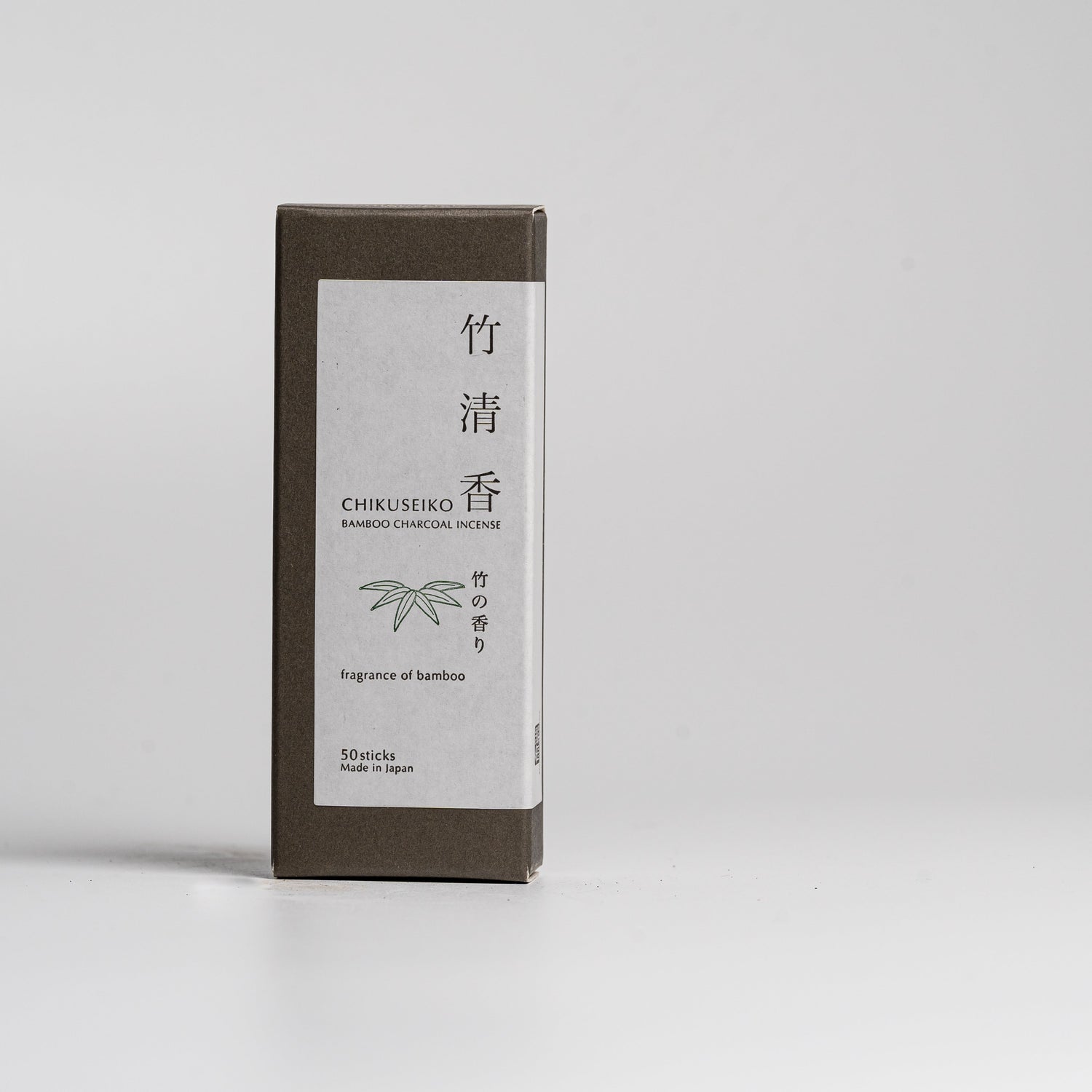Amidst the hustle and bustle of daily life, one culinary tradition stands out as a symbol of both convenience and artistry: the bento box. With its origins dating back centuries, the bento box has evolved into a beloved cultural icon, cherished for its practicality, versatility, and aesthetic appeal.
Bento Box Uses
The versatility of bento boxes extends far beyond their role as mere food containers. In Japanese culture, bento boxes are often used to showcase culinary creativity and express affection for loved ones. Whether packed with neatly arranged rice, vegetables, and protein or crafted into whimsical shapes and characters, bento boxes are a canvas for culinary artistry. From school lunches to picnics, office lunches to train journeys, bento boxes are a convenient and portable solution for enjoying delicious meals anytime, anywhere. And who hasn’t enjoyed the experience of buying a train station bento and enjoying on your Shinkansen trip?
Bento Box Shapes and Materials
Japanese bento boxes come in a variety of shapes, sizes, and materials, each with its own unique characteristics. Traditional bento boxes are typically made from wood, lacquered plastic, or bamboo, with wooden and bamboo varieties offering a natural, eco-friendly alternative to plastic options. Bamboo bento boxes, in particular, have gained popularity in recent years for their durability, lightweight design, and sustainable properties. Crafted from renewable bamboo fibers, these eco-conscious bento boxes provide a stylish and environmentally-friendly way to enjoy meals on the go.

Bento Box Etiquette
In Japan, the presentation of a bento box is as important as its contents. Careful attention is paid to the arrangement of food items, with an emphasis on balance, colour, and visual appeal. Traditional bento boxes often feature multiple compartments or dividers to separate different dishes and prevent flavors from mingling. Additionally, decorative elements such as edible garnishes, food picks, and nori seaweed cutouts are used to enhance the overall aesthetic of the meal.
Modern Innovations
While traditional bento boxes remain popular, modern innovations have expanded the options available to bento enthusiasts. Bento boxes with built-in compartments, leak-proof seals, and microwave-safe materials cater to the demands of contemporary lifestyles, offering convenience without compromising on style or sustainability. Furthermore, the rise of social media has fueled a resurgence of interest in bento box art, inspiring enthusiasts to create elaborate and whimsical designs that delight both the eyes and the taste buds. If you haven’t already, check out @bienbento for the most amazing bento art.

- @bienbento
Choose the bento box that’s right for you
Japanese bento boxes continue to represent a harmonious blend of tradition, innovation, and culinary creativity. Whether choosing a bamboo bento box, or one crafted from wood or plastic, these iconic containers serve as a vessel for expressing cultural heritage, nurturing culinary craftsmanship, and fostering a sense of connection with the past.


